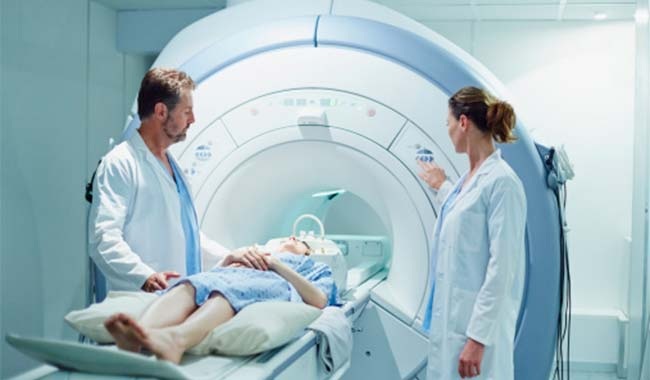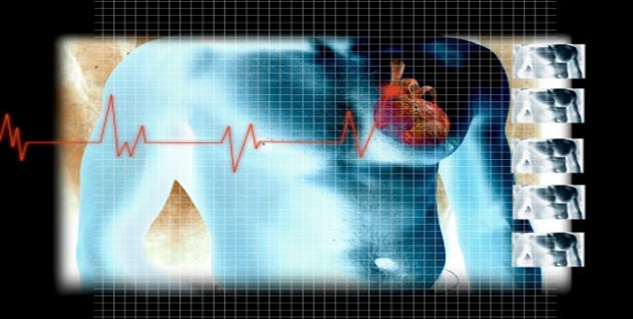
A nuclear heart scan is a test that uses a radioactive substance, also called a radiotracer, to provide important information about the heart. During the test, the radioactive substance is injected into the bloodstream through a vein where it travels to the heart and releases energy. A special camera outside of the body detects the uptake energy of the radioactive substance and creates pictures of the heart.
The test is done at a nuclear medicine centre and usually involves two sets of pictures. The first set is usually taken right after a stress test, while the heart is beating fast. The second set is taken after some time or on the next day when the heart is at rest and beating at a normal rate. The resulting images provide information about the coronary arteries and heart function. There are three common types of nuclear heart scans based on the type of the radiotracer used.
Table of Content:-

A nuclear heart scan is a test that uses a radioactive substance, also called a radiotracer, to provide important information about the heart. During the test, the radioactive substance is injected into the bloodstream through a vein where it travels to the heart and releases energy. A special camera outside of the body detects the uptake energy of the radioactive substance and creates pictures of the heart.
The test is done at a nuclear medicine centre and usually involves two sets of pictures. The first set is usually taken right after a stress test, while the heart is beating fast. The second set is taken after some time or on the next day when the heart is at rest and beating at a normal rate. The resulting images provide information about the coronary arteries and heart function. There are three common types of nuclear heart scans based on the type of the radiotracer used.
The nuclear heart scans are usually of two types:
Single Photon Emission Computed Tomography:
This test involves the use of specific radiotracers such as thallium-201, technetium-99m sestamibi, and technetium-99m tetrofosmin. Doctors use this nuclear scan to help diagnose coronary heart disease.
Positron Emission Tomography:
This test uses different radiotracers than the previous type. However, doctors also use this type of the nuclear heart scan to diagnose CHD, check for damaged or dead heart muscle tissue, and check the heart's pumping strength.
What after?
Once the nuclear heart scan has been done the doctor may ask you to return the very next day for another set of pictures. If you are an outpatient you will be allowed to go home after the scan, however only to return for the second set of pictures.
You wouldn’t have to worry about the radioactive substance as it will leave your body soon through urine. Your doctor may recommend you to drink more fluids than you normally do. You will be able to return to your normal daily routine or work after the test. Once the doctor has the results based on both set of pictures he will interpret them to you.
Image Courtesy: Getty
Read more articles on Understand Nuclear Heart Scan
How we keep this article up to date:
We work with experts and keep a close eye on the latest in health and wellness. Whenever there is a new research or helpful information, we update our articles with accurate and useful advice.
Current Version